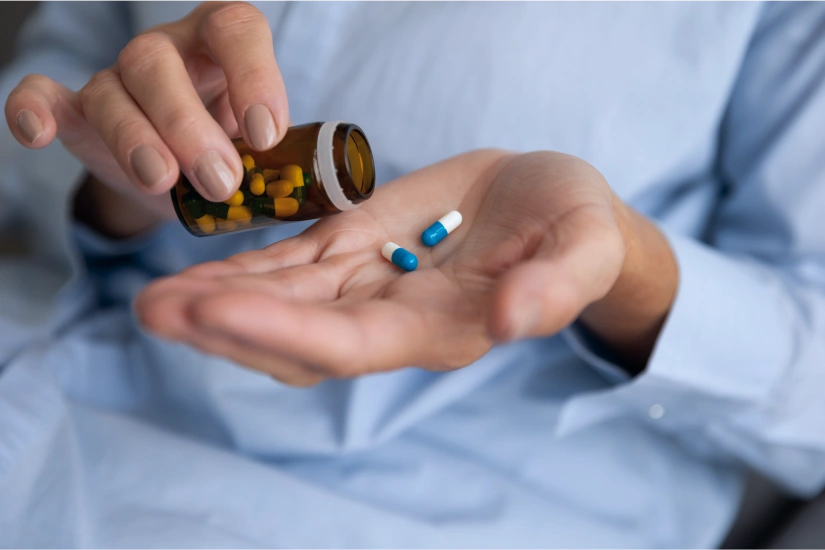24/7 Helpline:
(866) 899-221924/7 Helpline:
(866) 899-2219
Learn more about Partial Hospitalization Program centers in Homosassa
Partial Hospitalization Program in Other Cities
Other Categories in Homosassa

Other Insurance Options

Molina Healthcare

Multiplan

MVP Healthcare

BlueShield

BlueCross

Humana

Lucent

Aetna

Highmark

Coventry Health Care

Providence

UnitedHealth Group

GEHA

Excellus

Health Net

WellPoint

American Behavioral

Absolute Total Care

Sliding scale payment assistance

Carleon









